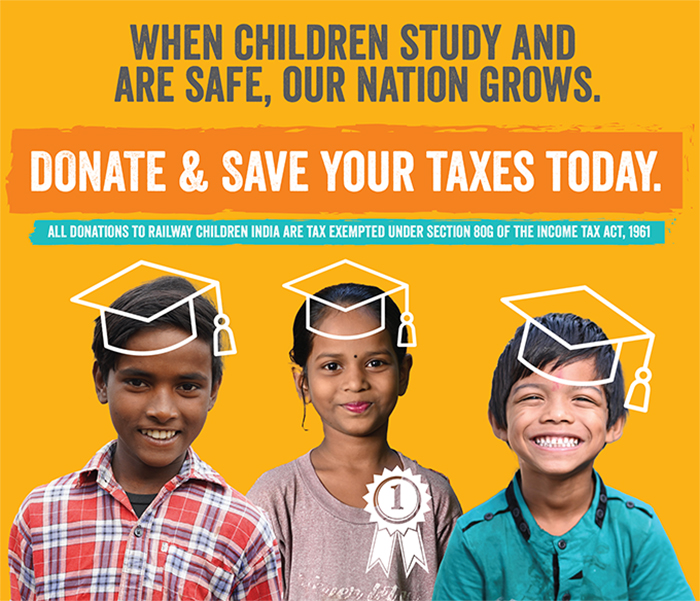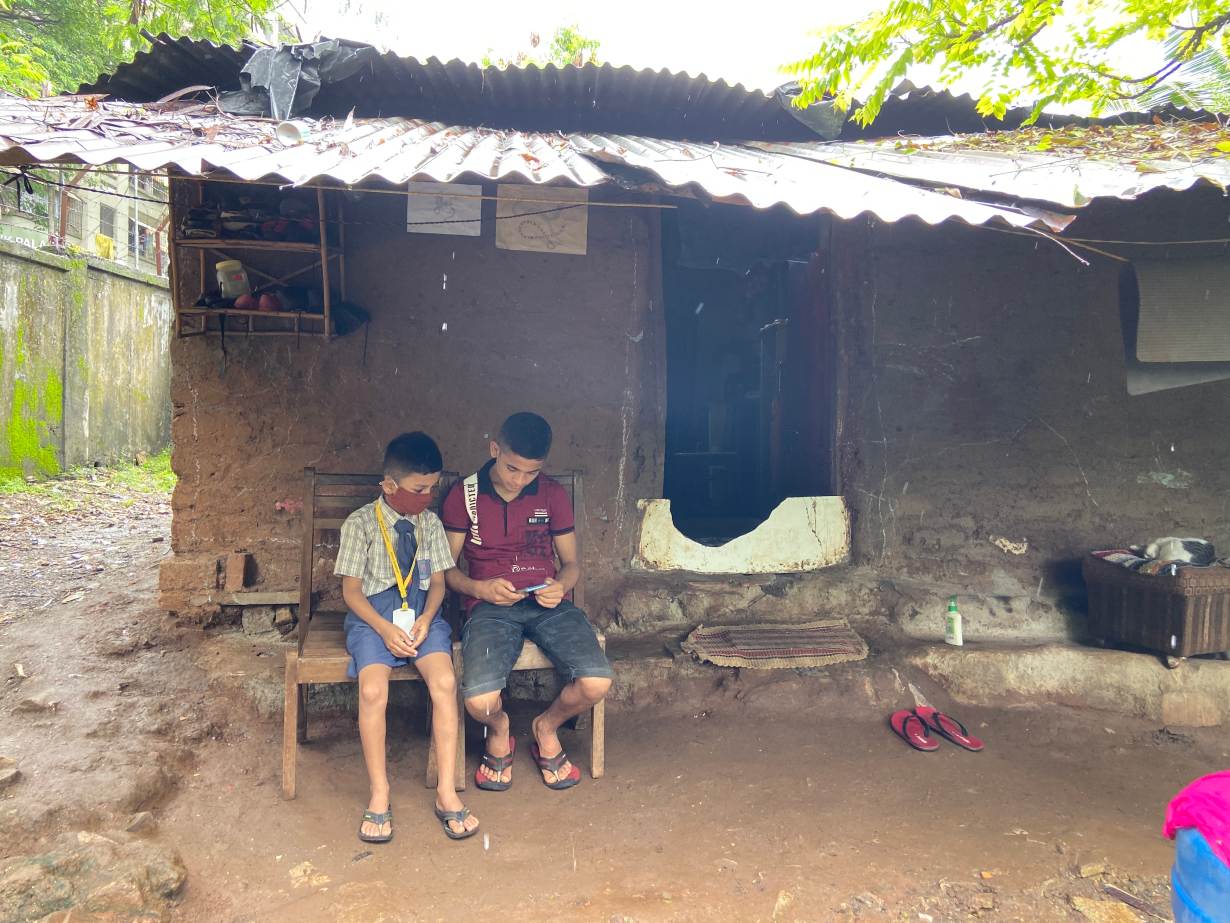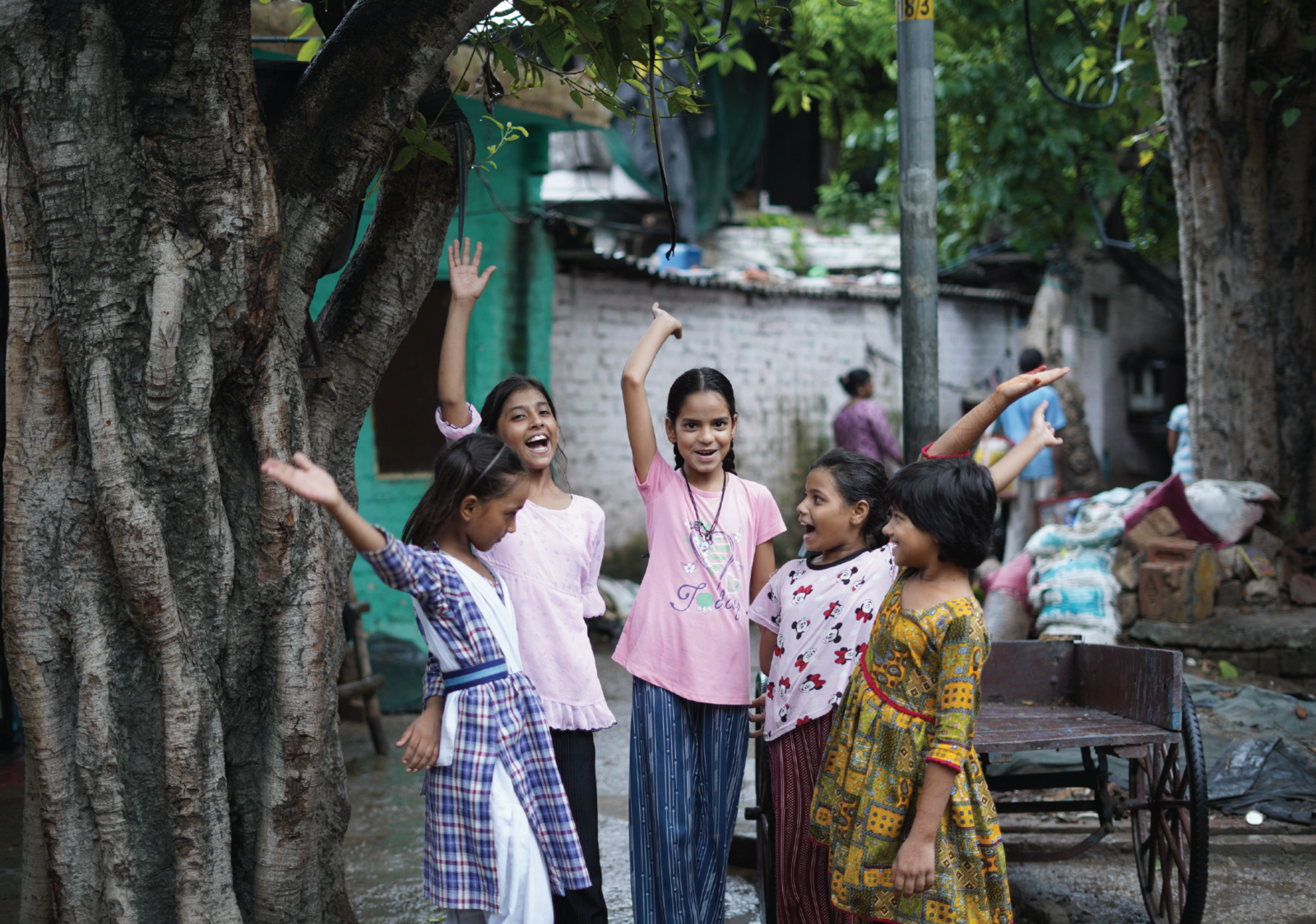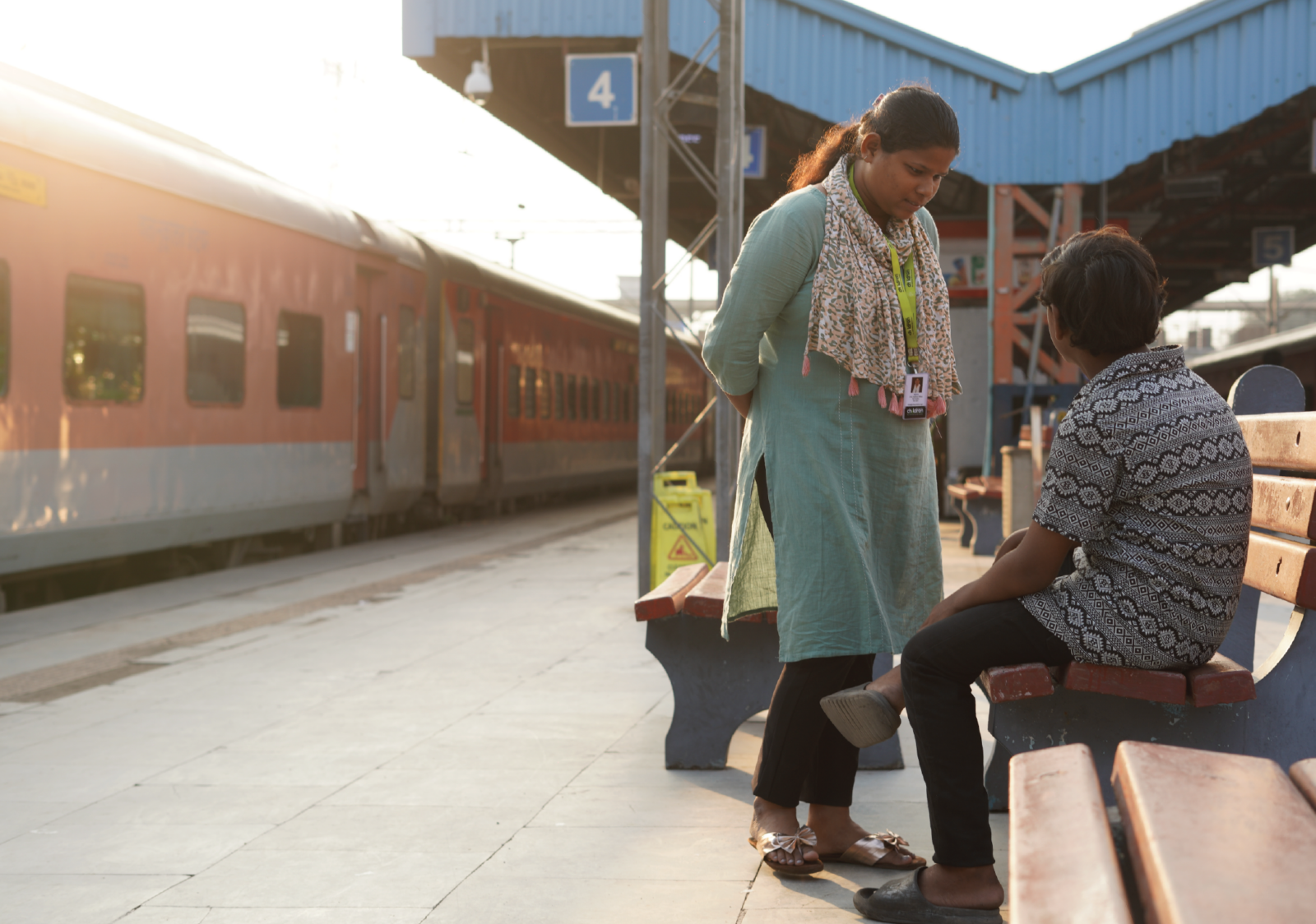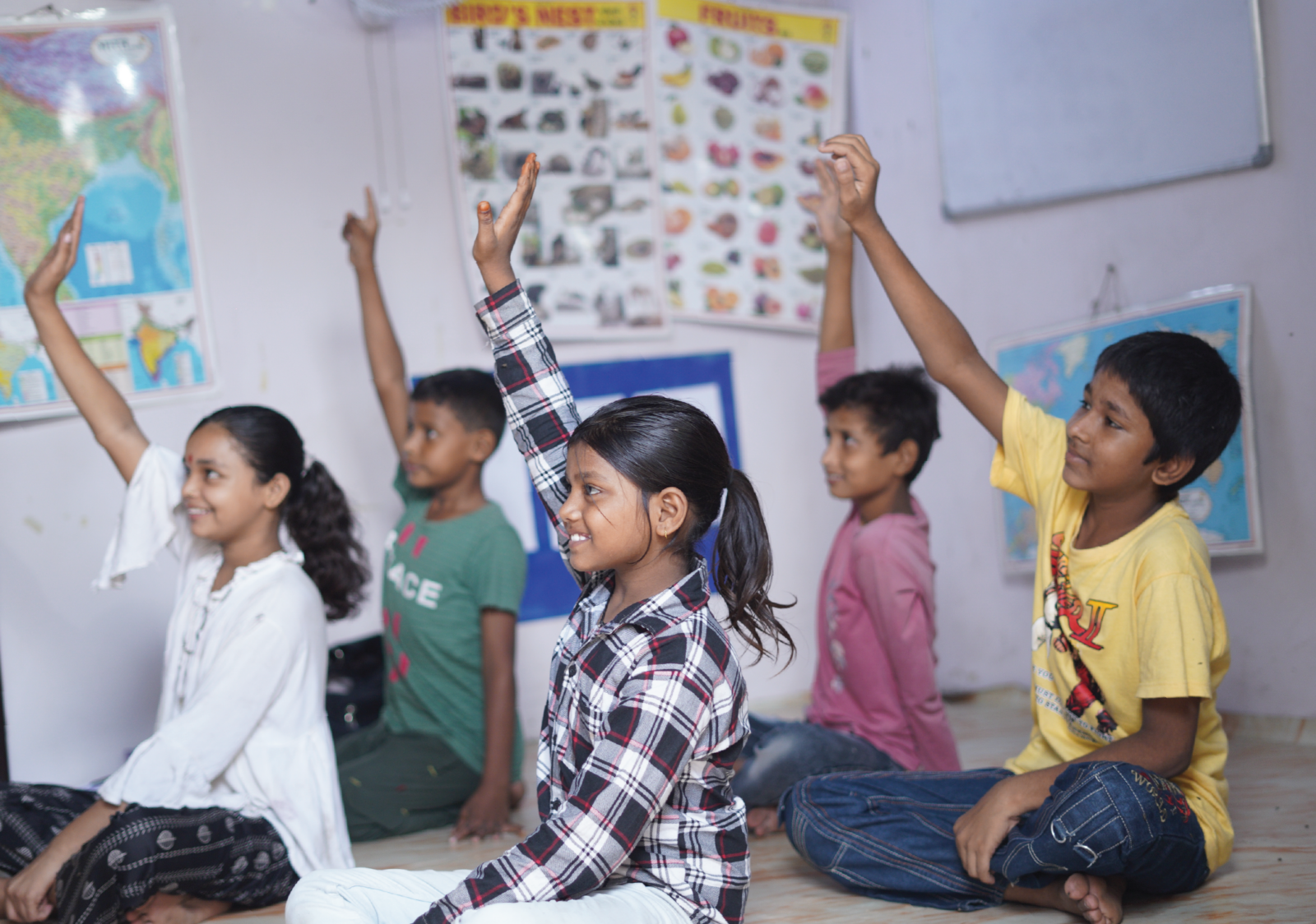In the year 2020, the meaning of play for the children has changed dramatically, affecting their physical, cognitive and general well-being. As a safety measure against the spreading pandemic, the entire world was forced to stay at home and abide by the lockdown rules. Playtime for the children as we know it shifted from playgrounds and outdoor games to staying at home, playing indoor games and being exposed to more screen time and online games. Play in lockdown an international study of government and civil society responses to Covid-19 by The International Play Association was released to provide an overall impact of measures promoted by the pandemic on the play and mobility of children, making comparisons among various countries and gathering data on its effects on children worldwide.
CHILD LOCKDOWN INDEX
This study used a specially created ‘Child lockdown index’ which acts as a base and helps in meaningful comparisons between countries. This is a numerical score for each country that aims to capture in a single number both the severity and the longevity of the measures that have been imposed. It embraces school/childcare closures, and also restrictions on children’s freedom to be out of doors and play. The CLI is calculated as below:
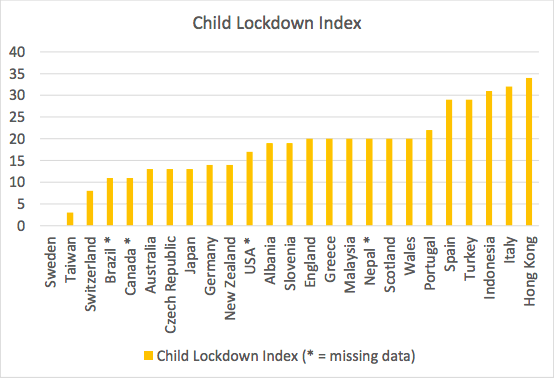
Child Lockdown Index (CLI) = Number of weeks of full school closure + Number of weeks of public playground closure + Number of weeks of child lockdown
The CLI has both spatial and temporal components, mirroring two of the conditions recognised by the UN Committee on the Rights of the Child as essential for play. It covers two key physical spaces in which children play (schools and playgrounds) and children’s basic access to public space; and it increases the longer the relevant measures last.
A mixed picture is emerging of pandemic responses and their impact on children’s play and mobility. Some countries (including Sweden and Taiwan) have mostly kept schools and playgrounds open, and introduced few if any measures restricting freedom of movement. Some (including Indonesia, Italy, Nepal, Spain and Turkey) prohibited children from leaving home altogether for at least a month, on top of school and playground closures. This effectively left millions of children imprisoned inside their apartments. Most others (including the four UK nations) have allowed children outside the home with family members only for limited reasons, alongside widespread school and playground closures.
SCHOOL AND CHILDCARE CLOSURES
This aspect of the report observes and analyses how the closure of schools and various childcare institutions across countries has affected the children and is compared using the Child Lockdown Index. Majority of the countries started their lockdown in the month of March 2020 with around only 5 to 7 countries allowing exemptions for children according to the study. The phased re-openings of schools started from May in some of the countries and April, June and August in some other countries. The Child Lockdown Index scores for school varied from 3 to 17, with majority of school scores lying between 7 to 12.
LOCKDOWN/STAY AT HOME MEASURES
The stay-at-home orders and measures were implemented in almost more than half of the countries with some other countries which exercised voluntary quarantine. Relevant exemptions were allowed in some countries which varied according to the national risk level and for essential trips and exercises. The Child Lockdown Index varied from 0 to 10 with a few of the countries like Indonesia and Turkey, Italy and Nepal having scores 7, 8 and 10 respectively.
MEASURES IN PUBLIC OPEN SPACES
The public parks for children were closed for some of countries from the month of March 2020 up until the months of May, June 2020 while some other countries, almost as half of the total had no restrictions on public parks. The access to Playgrounds were also closed beginning form March 2020 for most of the countries leaving children with no place to go play and indirectly forcing them to stay at home. Along with the public parks, regional parks were also closed for half of the countries and were open for some of the other countries. Initiative to open up the streets were taken by only a few of the countries whereas no such initiatives were taken by others. The Child Lockdown Index score for playgrounds varied from 0 to 17 with most of the countries with scores between 7 to 11.
SUPPORT, ADVICE, ADVOCACY AND POLICY
Supportive government policies and statements were taken by majority of the countries right from the beginning with regards to temporary changes in regulations, mental health, online resources etc. Out of all the countries, Scotland, Whales, Greece and Canada are the countries which came up with majority of policies and initiatives. Almost all the countries had various National NGO Initiatives which focused on the initiatives related to children and education and various other online resources to support children during the lockdown.
CONCLUSION
This study helped in bringing light to the sacrifices that children have been making since the pandemic started and the lockdown was implemented. The children’s lives will be highly impacted due to the safety measure taken by the governments of various countries since the children have been deprived of their basic rights which in turn affected their health and well-being. The study states that various authorities across the world needs to work to find solutions that address play deprivation and minimise the impact on children’s development.


